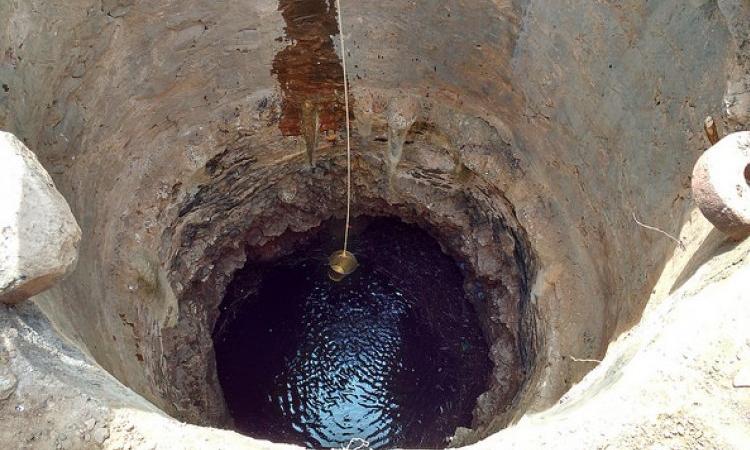
Country's groundwater crisis showcases need to enact model groundwater bill
As per the Central Groundwater Board (CGWB) data, there is a rapid fall in water tables over the past decade with a fall of two to four metre in 61 percent wells between 2007 and 2017. Even the data on the depth of wells shows precarious state of groundwater with impacts from the groundwater-dependent farmers, rural water supply systems and industry. Moreover, the low recharge rate of groundwater due to low rainfall and rivers getting dry after monsoon has created an imbalance in the ratio of groundwater extraction and its recharge. The imbalance is further aggravated by the reduction in the area available for recharge owing to concretisation in urban sprawls. Such a scenario has raised the need to enact the long-pending model groundwater bill.
Water presents a material risk for banks: WWF report
As per the report, Hidden Risks and Untapped Opportunities: Water and the Indian Banking Sector launched by the WWF-India, the water crisis in the country could lead to stranded assets in the power and agriculture sectors, two sectors that account for the highest gross credit exposure of Indian banks. The report states that 40 percent of the gross credit exposure of Indian banks is in sectors where water risks are significant and the water crisis could pose more liquidity constraints on the strained balance sheets of banks. The report suggests a comprehensive and sustainable water management plan by various stakeholders to tackle the crisis.
Unplanned development reduces forest cover and perennial streams in central Western Ghats: Study
According to a study focussed on the Kali river in Karnataka, dams and other large-scale activities have eroded the ecosystem in the central Western Ghats. The study, which was conducted between 1973 and 2016, has observed that the forest cover around the river reduced from 85 to 55 percent. The evergreen forests have also shrunk from 62 to 38.5 percent during this period, thanks to these large-scale projects. The study also noticed that the management practices adopted by engineers were contributing to the erosion of water retention capability in the river catchment.
Kaleshwaram Lift Irrigation Scheme is set to escalate Telangana's debt
The Kaleshwaram Lift Irrigation Scheme worth Rs 80,000 crore is being constructed on the Godavari river in Telangana and is the costliest lift irrigation project in the country. The project envisages utilising nearly 200,000 million cubic feet (tmc) of Godavari river water for irrigation, drinking water and industrial purposes. So far, the state government has borrowed over Rs 40,000 crore for the project works and the outstanding borrowings of the state has gone up from Rs 70,000 crore in 2014-15 to Rs 1.7 lakh crore in 2017-18. To reduce its debt burden, the state government is seeking a national project status for the Kaleshwaram project with 100 percent funding from the Centre.
Microplastics found in sediments of Vembanad lake
A study by the Mahatma Gandhi University, Kottayam, Kerala has reported the presence of microplastics in the sediments of the Vembanad lake that is spread across the districts of Ernakulam, Alleppey and Kottayam. As per the study, northern parts of the lake, influenced by the sea, had a higher abundance of microplastics than the southern side. Lack of an efficient solid waste disposal system has been held responsible for the influx of plastic debris into the water body. Researchers have classified the plastic as fibre, pellets, fragments, foam and film with foam and film types of plastic dominating the lake.
This is a roundup of important news published between January 23-28, 2019. Also read policy matters this week.